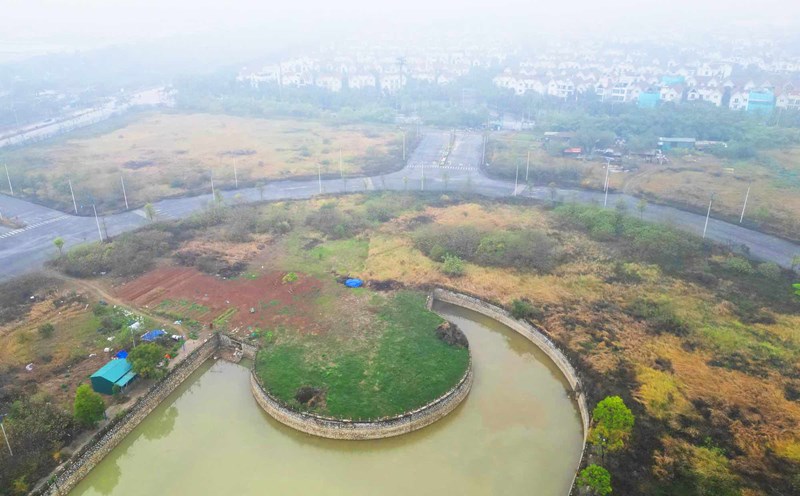For decades, the domestic film industry has always been in a state of "thirsty" for standard studios with closed infrastructure, meeting many film crews at the same time.
From cinema to television, every time a project is implemented, the team has to struggle to find a setting, rent an old warehouse or workshop, or spend effort and money to travel to a distant province.
Sometimes, they have to set the stage and then demolish it, leading to waste and not being able to ensure consistency for many consecutive projects.
Right in the Strategy for the development of cultural industries to 2030 (vision 2045) of the Ministry of Culture, Sports and Tourism, cinema and television are considered one of the 12 key areas.
However, the recent cultural revival plan mainly focuses on proposing to build more museums, cultural houses, libraries... without mentioning filming locations.
In the context of wanting to " industrialize" cinema, filling this void is an urgent requirement. And Ho Chi Minh City's proposal to build a 300ha film studio in Thu Duc city is a move that brings a lot of hope.
If approved and implemented in the right direction, not only domestic film crews, but also international crews can choose Ho Chi Minh City as their destination.
Of course, for a national film project to become a reality, it is not only necessary to have a large land fund, but also a long-term vision, a systematic investment plan, and policies to encourage producers and investors.
Calling for socialization to create a professional infrastructure for cinema requires open administrative procedures and an effective operating model. The story of where the film studio is, how much rental is, how it moves, also requires a concise answer from the local government.
But more importantly, an international standard film studio at this time does not stop at relieving pressure on film crews, but also creates a spreading effect in the tourism sector.
Recently, Vietnam has also witnessed "fever-prone" filming locations such as Ninh Binh ( film "Kong: Skull Island"), Phu Yen ( film "I see yellow flowers on green grass"), Hue ( film " Mat Biec")... The number of tourists has skyrocketed, turning these locations into attractive tourism brands.
Looking at the world, large-scale film studios such as Hoanh Diem (China), Universal Studios (US), Yongin (Korea) ... not only create the premise for "blockbusters" on screen, but also stimulate tourism and entertainment services to develop vigorously, attracting huge economic resources.
Film scenery is not everything, just a necessary condition for a film industry. However, if there is proper investment, combined with a coordination mechanism with tourism and services, it will certainly contribute to the development of the Vietnamese film industry.
And more importantly, when cinema flourishes, the country's culture will be promoted to the world in a more vivid and stronger way - just as the goal of developing the cultural industry is being set.












